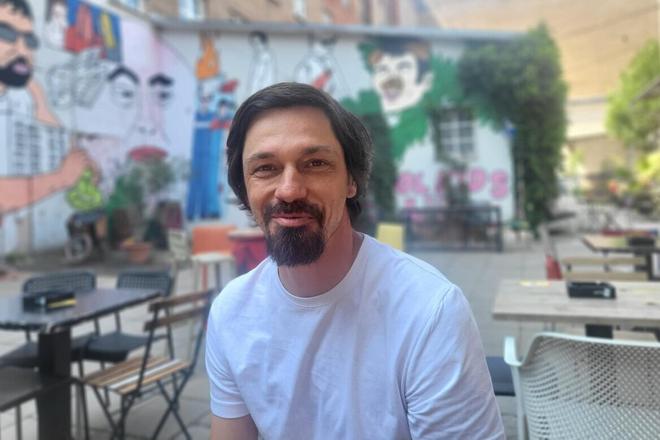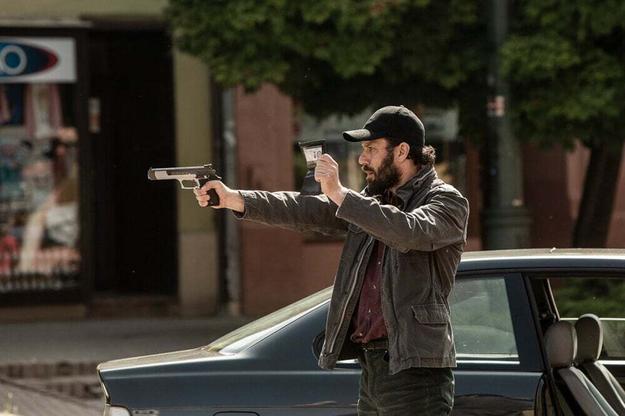Over the past three years, filmmakers have spent almost 400 shooting days in the Košice Region, supported in part by financial refunds. Since June, the region has increased these subsidies to between 5 and 10 percent of costs reinvested locally. A small regional film office — with just one employee — has been operating for three years, but according to its head Ján Melikant, productions have already brought investments exceeding €5 million.
Several films that benefited from the scheme, such as Rudolf Biermann’s Cop War (Vojna policajtov) and Lukáš Zednikovič’s Kavej, also found large audiences in cinemas. Meanwhile, Dominik Bari’s Car Gangs (Autičkári) became the most successful documentary from Central Europe on HBO.
“I give it a maximum of three years and a major production will come,” says Melikant. The region has already included the construction of film studios at a designated site in its strategic plans.
In this interview you will learn:
Why more and more films are being shot in the Košice Region;
how many people are employed during production;
what locations near Košice could serve as sets;
and why it is still difficult to attract big international projects.
How do you sum up the three years of the film office’s operation?
Surprisingly well. We did not expect the start to be as strong as it was — a lot of filming has already been done. Thanks to the support we’ve introduced, we’re convinced even more projects will come. It’s one thing if a film simply shoots in the region as “neutral territory,” but it’s something else entirely when the story is set here. Producers have told me that screenwriters are even encouraged to place stories in the Košice Region whenever possible, because the conditions are better than anywhere else in Slovakia.
Do you know how much money has been spent in the region thanks to filming?
About €5 million, based on estimates.
How many people have been involved in the productions so far?
A film crew — especially for larger productions — is huge, typically 50 to 150 people. Then there are support services. For example, when horses are used, you need handlers. For car chases, you need drivers. Altogether, maybe 200 people from the region have been directly involved in film projects. But support services brought in around 600–700 others. Of course, these weren’t full-time jobs — usually just a month or two during filming.
When you started the office, you wanted to attract foreign producers. Where are they?
Since we founded the office, the entire audiovisual industry has faced difficulties, globally as well. In the past two years, only two foreign productions have come to Slovakia.
Which ones?
One was "Afterburn", an action film with Samuel L. Jackson. The other, with the working title Convoy, shot near Žilina because they needed to close a highway. They probably would have come to Košice if that had been possible, but here the highway is too essential. Foreign productions often have very specific — sometimes extreme — requirements. Still, we get inquiries every month or two. Producers ask about refunds and what locations we can offer. It’s not that they don’t know about us, but the process from first contact to actual filming is extremely complicated.

Has it happened that you expected a big production, but nothing came of it?

 Ján Melikant, head of the Košice Region film office. (source: Korzár/Jana Ogurčáková)
Ján Melikant, head of the Košice Region film office. (source: Korzár/Jana Ogurčáková)
 Róbert Jakab in Cop War. (source: CinemArt SK)
Róbert Jakab in Cop War. (source: CinemArt SK)